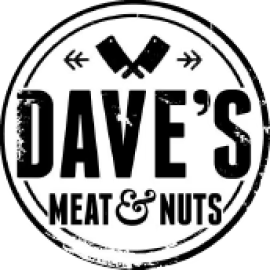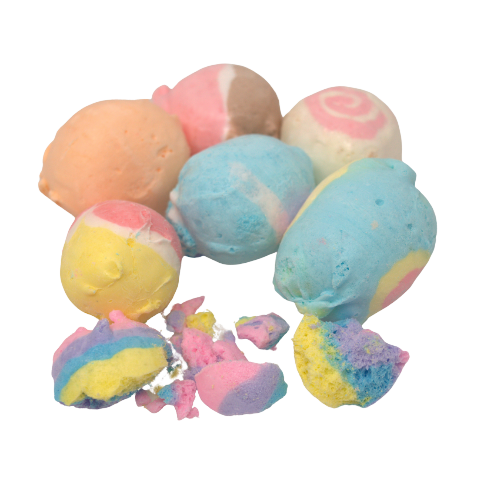Imagine preserving the freshness of food, medicinal compounds, and even delicate flowers without the need for extreme temperatures or chemicals. This remarkable feat is made possible through freeze drying, a process that removes moisture while maintaining the integrity of the substance. In this blog post, we'll take you on a journey through the history of freeze drying, from its early origins to its vital role in modern food preservation and scientific endeavors.
Early Beginnings
The roots of freeze drying can be traced back to ancient civilizations, where natural freezing and drying processes were employed. In cold climates, people would hang food in the frigid air to freeze, effectively dehydrating it. Similarly, cultures in arid regions would expose food to the intense sun to remove moisture.
The Ice Age
One of the earliest records of systematic freeze drying can be found in the Andes Mountains, where the ancient Incas preserved potatoes and other crops using the natural freeze-drying conditions of high altitudes. They would spread sliced vegetables on platforms in the freezing night air and then expose them to the sun during the day, a process that removed moisture and extended the shelf life of their harvests.
World War II and the Emergence of Modern Freeze Drying
It wasn't until the 20th century, specifically during World War II, that freeze drying began to see significant advancements. The U.S. military recognized the potential of this preservation method for rations. Freeze-dried foods were lightweight, had a long shelf life, and retained much of their nutritional value. This technology revolutionized military logistics and gave birth to an industry.
The First Freeze Drying Machine
In 1949, Earl F. Flosdorf and Robert C. Whitman of the Miles Laboratories developed the first commercial freeze drying machine. This invention marked a turning point in freeze drying history, as it allowed for controlled and efficient processing of various substances.
The Space Age Connection
Freeze drying became an essential component of space missions in the 1960s and 1970s. NASA utilized freeze-dried foods for astronauts, as they were lightweight, compact, and retained their nutritional value. Today, space travelers still enjoy freeze-dried meals, from scrambled eggs to ice cream.
Applications Beyond Food
Freeze drying has expanded far beyond food preservation. It has found applications in pharmaceuticals, where it helps stabilize and prolong the shelf life of medicines and vaccines. Additionally, it plays a crucial role in preserving biological samples, such as tissue cultures, blood, and even DNA.
Modern Freeze Drying Techniques
Today, freeze drying is a sophisticated and highly controlled process. It involves three main steps: freezing, primary drying (sublimation), and secondary drying (desorption). Advanced freeze drying machines offer precise temperature and pressure control, resulting in the preservation of the original properties of the material being processed.
The Future of Freeze Drying
As technology continues to advance, the applications of freeze drying are likely to expand further. It holds potential in fields like biotechnology, agriculture, and cosmetics, where preserving the delicate properties of organic materials is essential.
Conclusion
The history of freeze drying is a testament to human ingenuity and our quest to harness the power of nature for practical purposes. From the Incas' high-altitude preservation methods to modern-day space missions and pharmaceuticals, freeze drying has come a long way. Its impact on food preservation, scientific research, and various industries continues to grow, making it a fascinating and vital process that shapes our world today. As we enjoy the benefits of freeze-dried foods and discoveries, we can appreciate the rich history and innovative spirit behind this remarkable technology.

